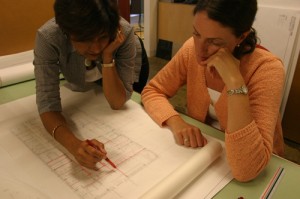A Letter from AIA President Clark Manus, FAIA
If scientific evidence cannot convince holdouts that climate change demands a response, then the cost of architecture’s business as usual—challenged by increasingly cash-strapped governments—might. Eager, if not desperate, to get a handle on the cost of operating their facilities, local municipalities are implementing amendments to existing codes to reduce energy consumption. Soon they will have a new, more powerful tool. As the International Green Construction Code (IGCC) is adopted by states beginning in 2012, it will formalize performance by creating mandatory frameworks for both minimum and advanced green building. This will be a real game-changer.
The IGCC will mandate specific responsibilities and liabilities, something that LEED certification does not. Unlike LEED, the green code is enforceable. If a design doesn’t meet the specifications of the state where the IGCC has been adopted, the architect could be liable for failure to comply. One consequence is increased responsibility and the associated risk-management issues for architects, as they will be required to add energy efficiency to health, safety, and welfare on their list of concerns.
Those in favor of codifying green design believe that it will place architects at the forefront of the nation’s efforts to conserve energy, enabling them to help facilitate a new era of sustainability. While not disagreeing with the desired outcome, critics contend that architects should not be the ones exposed and bearing the responsibility for whether a building saves energy.
Whatever position one takes on this issue, green-building codes are changing our profession’s required standard of care. We better be prepared. We need to understand these issues as components of design, while leading our clients and project teams through the new complexities and conflicts inherent in the shift to the art and science of building green.
I see this as a unique opportunity to regain lost relevance. To grasp that opportunity, we must delve deeply into sustainable-building sciences as a fundamental value. Our clients are going to expect their architects to guide them through the much more complicated world of design. The new green-building code requirements establish a historic moment to make a difference that truly matters in our profession, in our communities, and on our planet.
Clark D. Manus, FAIA, 2011 President

